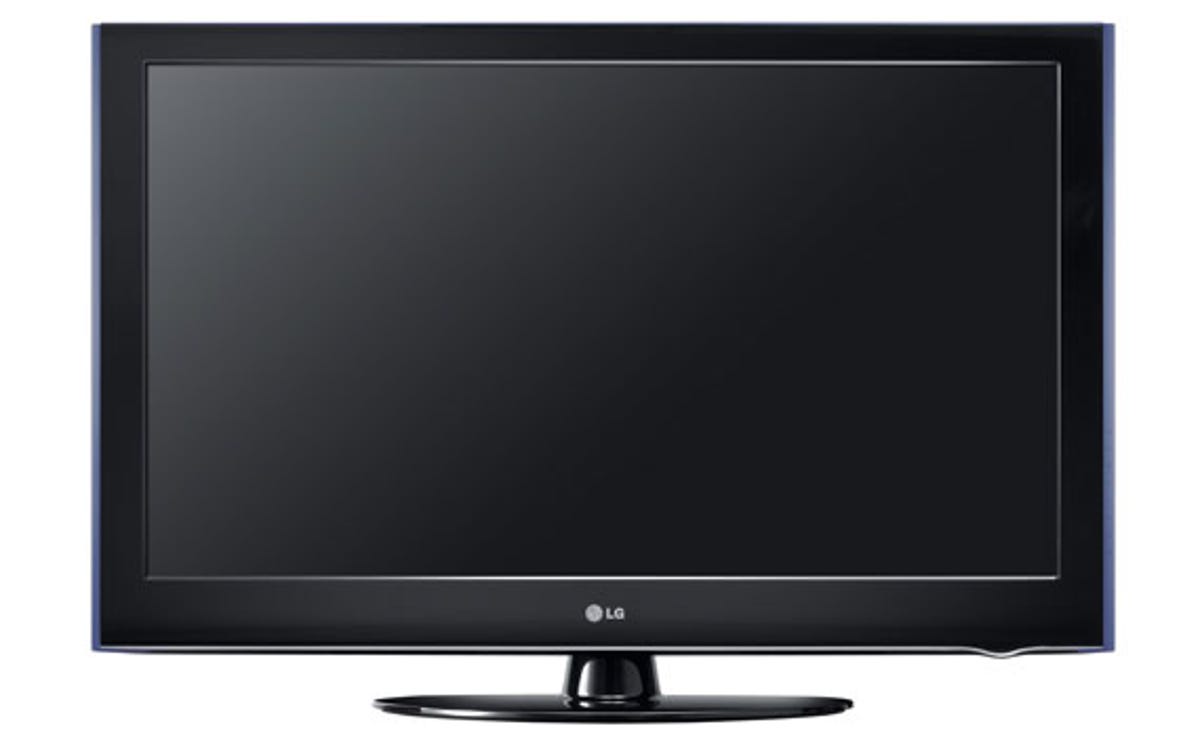
LG’s LD950 is a 47-inch LCD TV with passive 3D tech that means its glasses are much cheaper than the active-shutter versions. LG says that it’s decided to produce a passive 3D model because consumers are clamouring for it. And we can see why.
Passive 3D is similar to the system that many cinemas use to project a 3D image. It’s tried and tested, has more comfortable glasses and should, in theory, be less dangerous to people with photo-sensitive epilepsy, and those susceptible to headaches from active glasses.
There are two types of 3D in this world: active and passive. The
differences are in the technology that creates a 3D image for your eyes
to enjoy. If you want to find out about the details between the
technologies in full, then cast your eyes over our recently published 3D FAQ for more. But the basics of passive 3D
screens are that the glasses are dirt cheap to buy, but you won’t get a
Full HD, 1080p 3D image.
The screen is expected to be available to buy in May. It has four HDMI 1.4 sockets, which, while not essential to 3D, do enable the TV to auto-switch when 3D content is showing. You also get the usual package of LG features that make its TVs ever so appealing — there’s DivX HD playback via the USB sockets, and LG’s amazing menu system should also be onboard. The TV is a 200Hz model too, something that should help reduce double images from slow refresh rates.
If you’re a Blu-ray fan, and want something to watch 3D in full 1080p, this TV isn’t for you, because the passive technology can’t handle Full HD resolution for 3D — although 2D can still be presented in 1080p with no problems. If quality is more important to you, don’t forget LG does have a pair of active 3D models, the LED backlit LX9900 and the edgelit LX6900. Both use the shuttered 3D glasses, and both will produce a full 1080p 3D picture. Just be prepared to stump up a lot more cash for extra 3D glasses.
LG doesn’t yet have an exact price for the LD950, but a spokesperson for the company told us we should expect it to cost between £1,500 and £2,500. That’s quite a wide range, but if it’s at the lower end of that spectrum, it should be popular with large families, who’ll save a fortune on active glasses, which cost around £100 a pair. Passive glasses are dirt-cheap, and LG throws in four sets with this screen, enough for the average family.




